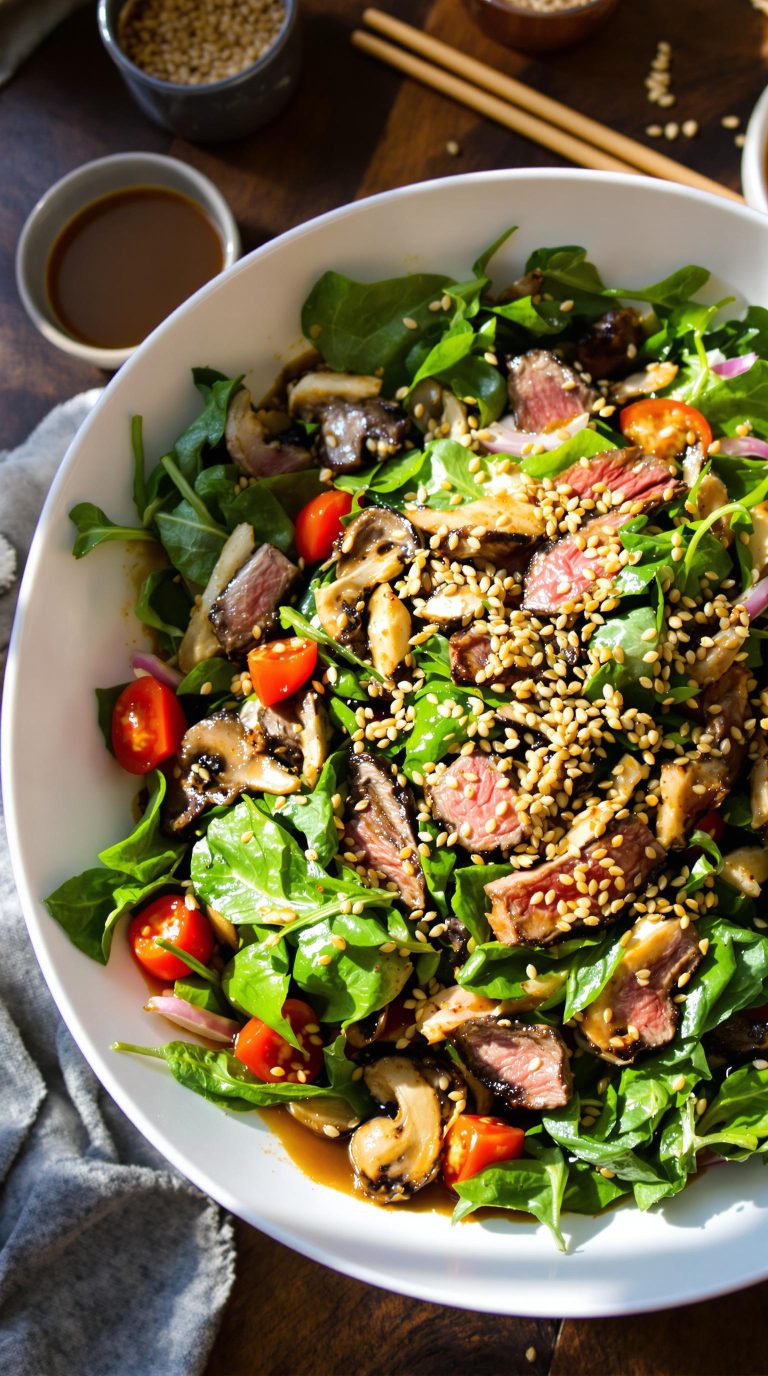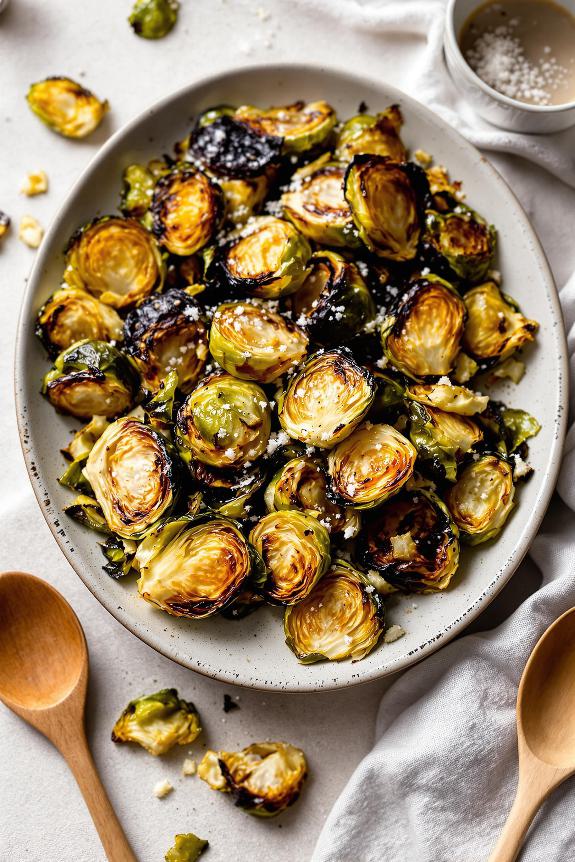Why You’ll Love this Classic Quiche Lorraine
If you’re looking for the perfect brunch dish that never disappoints, this Classic Quiche Lorraine might just become your new go-to recipe. The combination of grated Swiss cheese, savory ham, and creamy egg custard creates a flavor profile that’s simply irresistible.
I love how versatile this dish is—elegant enough for company, yet simple enough for a weeknight dinner. Can you imagine anything more satisfying than cutting into that perfectly set custard with the golden crust?
The best part? You can prepare it ahead of time and freeze it for those busy days when cooking from scratch feels impossible.
What Ingredients are in Classic Quiche Lorraine?
The essence of a great Quiche Lorraine lies in the quality of its ingredients. This traditional French tart relies on a handful of simple components that, when baked together, create something truly magical. I’m always amazed at how these basic ingredients transform into such an impressive dish—the way the custard sets up perfectly around the savory fillings, all cradled in a crisp, buttery crust.
- 1 1/2 cups grated natural Swiss cheese
- 4 tablespoons flour
- 1/2 cup finely chopped cooked ham
- 3 eggs
- 1 cup milk
- 1/4 teaspoon salt
- 1/4 teaspoon dry mustard
- 1 (9-inch) unbaked pie shell
- Chopped parsley (for garnish)
When shopping for these ingredients, quality really does make a difference. Splurge on a good Swiss cheese if you can—the nuttiness it brings to the quiche is worth every penny.
For the ham, any leftover baked ham works wonderfully, or you can ask your deli counter to cut you a thick slice to chop at home.
And while store-bought pie crusts are perfectly acceptable (and what I often use on busy days), a homemade crust takes this classic to new heights.
Remember that this recipe freezes beautifully, so you might consider making two while you’re at it—one for now and one for later.
How to Make this Classic Quiche Lorraine

Making a perfect Quiche Lorraine is simpler than you might think, and the process creates such a satisfying rhythm in the kitchen. Start by preheating your oven to 375 degrees, then begin the layering process that makes this quiche so special. Toss 1 1/2 cups of grated natural Swiss cheese with 4 tablespoons of flour until the cheese is lightly coated—this helps prevent the cheese from sinking to the bottom.
Sprinkle this mixture evenly into your 9-inch unbaked pie shell, creating the first flavor foundation. Next, distribute 1/2 cup of finely chopped cooked ham over the cheese layer, making sure it’s evenly spread for consistent flavor in every bite.
Now for the custard that brings everything together. In a bowl, whisk together 3 eggs, 1 cup of milk, 1/4 teaspoon of salt, and 1/4 teaspoon of dry mustard until the mixture is smooth and well combined. The dry mustard adds a subtle depth that many restaurant versions miss, so don’t skip it.
Pour this custard mixture slowly over the cheese and ham, allowing it to seep into all the nooks and crannies. I like to tap the pie plate gently on the counter a few times to release any air bubbles—a little trick that helps guarantee a perfectly smooth texture.
For the most efficient mixing process, a quality stand mixer can help achieve the perfect custard consistency while you prepare other components of your quiche.
Slide your assembled quiche into the preheated oven and bake for approximately 45 minutes, or until the center is set but still has a slight jiggle, and the top is beautifully golden. You’ll know it’s done when a knife inserted near the center comes out clean.
Let the quiche rest for about 10 minutes before serving, which gives the custard time to fully set. For a finishing touch, sprinkle with freshly chopped parsley just before bringing it to the table.
For truly exceptional results, consider investing in a premium mixer that will elevate your baking and help you achieve professional-quality results every time.
And remember, if you’re planning ahead, you can prepare the quiche up through assembly, then wrap it tightly in plastic wrap followed by foil, and freeze for later use—just thaw overnight in the refrigerator before baking as directed.
Classic Quiche Lorraine Substitutions and Variations
While our traditional recipe creates a perfect Quiche Lorraine, adaptability remains one of this dish’s greatest strengths.
You can easily swap the Swiss cheese for Gruyère or a mild cheddar if that’s what’s in your refrigerator.
Not a ham fan? Crispy bacon makes a delicious alternative—about 6-8 strips, crumbled.
For a vegetarian version, replace the meat with sautéed mushrooms and spinach.
Don’t have a pie shell? Make a quick crust with crushed crackers and butter.
And if you’re watching calories, skip the crust entirely for a crustless quiche.
The custard base works with whatever ingredients inspire you, which is why I love this recipe so much.
What to Serve with Classic Quiche Lorraine
Wondering what to pair with your beautiful Quiche Lorraine?
I’m a firm believer that a simple green salad with vinaigrette creates the perfect balance against the rich, creamy texture of the quiche. The acidity cuts through those luscious cheese and ham flavors, don’t you think?
Fresh fruit makes another excellent companion—perhaps some sliced apples or berries?
For brunch, I’d add crispy breakfast potatoes or a cup of tomato soup if serving for lunch. A glass of dry white wine, like Sauvignon Blanc, ties everything together for dinner.
Simple, complementary pairings that let your quiche remain the star.
Final Thoughts
Now that we’ve covered all the serving suggestions, I’d like to share a few final thoughts on this classic Quiche Lorraine.
This timeless dish really speaks for itself with its perfect balance of creamy custard, savory ham, and nutty Swiss cheese.
The beauty lies in its versatility—perfect for brunch, lunch, or dinner.
Much like the traditional Jewish babka bread, this quiche recipe combines simple ingredients to create something truly special for gatherings.
If you’re looking for another versatile comfort food option, a chicken noodle soup makes an excellent alternative that combines protein and vegetables in a warming broth.





